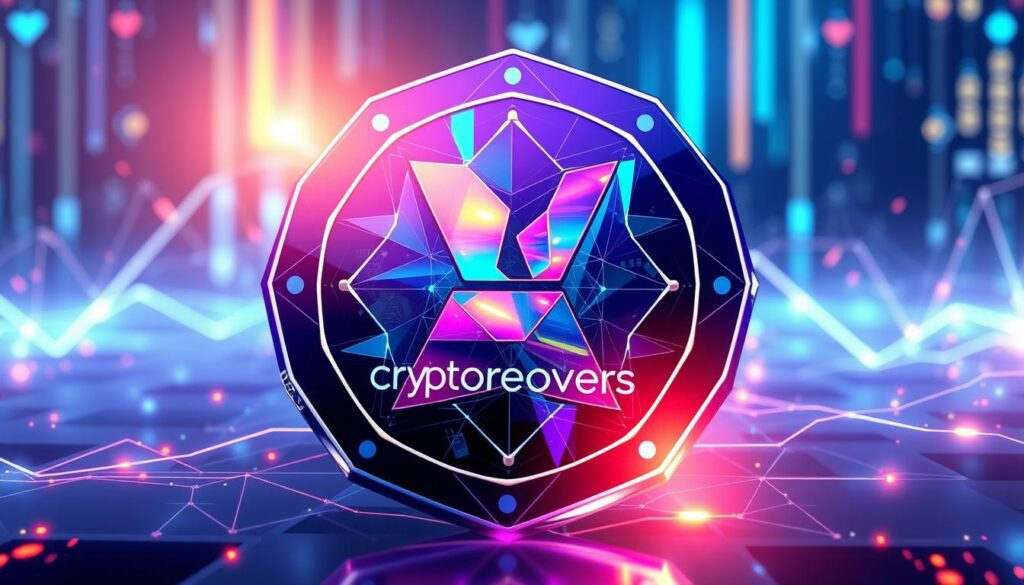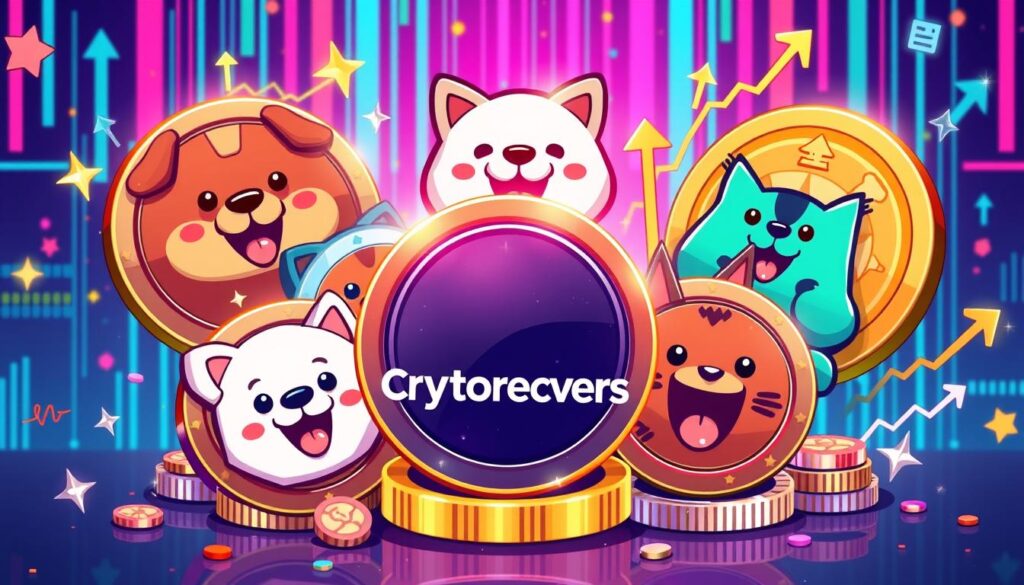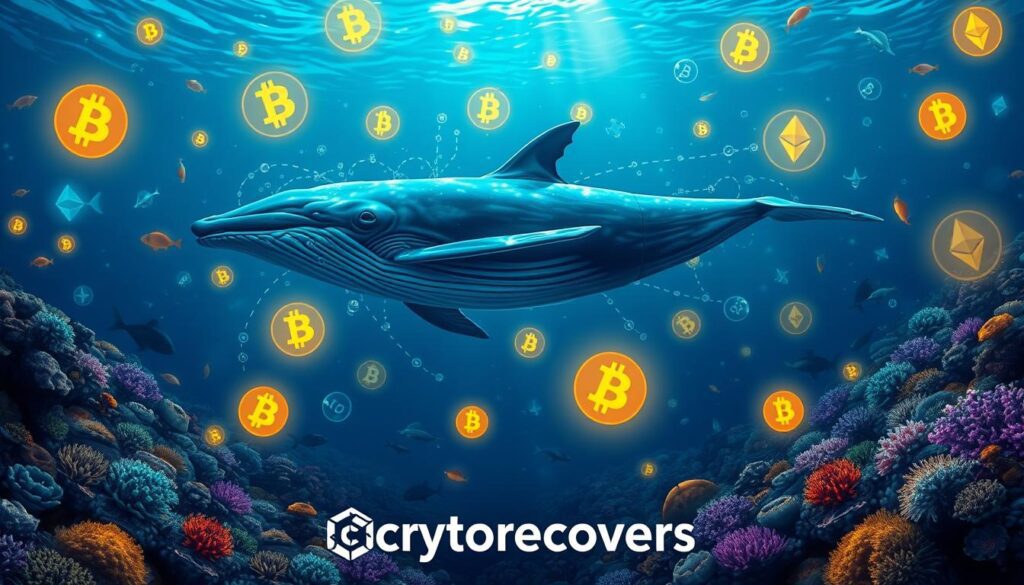Non-Fungible Tokens (NFTs) have been making headlines in recent years, revolutionizing the way we think about ownership in the digital age. But what exactly are NFTs, and why are they gaining so much attention? Let’s explore.
NFTs are unique assets that have been tokenized through blockchain technology. Unlike cryptocurrencies like Bitcoin, which are fungible and can be exchanged for one another, NFTs are one-of-a-kind and cannot be replicated. Each NFT has a distinct identification code and metadata that sets it apart from other tokens.
These tokens can represent various items, both digital and real-world, such as artwork, real estate, individual identities, and property rights. They can be bought, sold, and traded, with their value determined by market demand. Recently, NFTs gained significant popularity after the high-profile sale of digital art by artist Beeple, fetching a staggering $69 million.
Key Takeaways:
- NFTs are unique assets tokenized through blockchain technology.
- They differ from cryptocurrencies because they cannot be exchanged for one another.
- NFTs represent digital or real-world items and have distinct identification codes.
- Their value is determined by market demand.
- NFTs gained popularity after the high-profile sale of digital art by Beeple.
History of Non-Fungible Tokens (NFTs)
NFTs have been around for several years, but they gained mainstream popularity more recently. The first NFT sold was “Quantum,” designed and tokenized by Kevin McKoy in 2014 on the Namecoin blockchain and later sold on Ethereum in 2021. NFTs are built following the ERC-721 standard, which defines how ownership is transferred and transactions are confirmed. The ERC-1155 standard, approved six months later, allows for multiple non-fungible tokens to be batched into a single contract, reducing transaction costs.
One notable sale of NFTs was the auction of digital art by Beeple, which sold for over $69 million in early 2021.

| Year | Event |
|---|---|
| 2014 | The first NFT, “Quantum,” designed by Kevin McKoy, was tokenized on the Namecoin blockchain. |
| 2021 | The first NFT sold on Ethereum. |
| 2021 | The auction of digital art by Beeple for over $69 million. |
Benefits and Challenges of Non-Fungible Tokens
Non-fungible tokens (NFTs) offer a range of benefits that have captivated the attention of investors and collectors alike. One of the key advantages of NFTs is their ability to boost market efficiency by tokenizing physical assets. This process makes sales more streamlined by eliminating intermediaries and enabling faster transactions.
NFTs can represent ownership in a wide range of assets, including real estate, businesses, and digital collectibles. This versatility opens up an array of investment opportunities and allows individuals to diversify their portfolios with unique assets.
Another significant benefit of NFTs is their enhanced security. By leveraging blockchain technology, ownership information is stored on an immutable ledger, making it extremely difficult for unauthorized parties to access or manipulate the token. This level of security provides peace of mind to both buyers and sellers in NFT transactions.
While the benefits of NFTs are undeniable, challenges and risks also accompany this emerging technology. The complexity of NFT technology and tooling can pose barriers to entry, requiring individuals to navigate intricate processes to create and trade NFTs. Additionally, regulatory and legal implications surrounding NFTs are still evolving, creating uncertainty and potential compliance issues for both creators and buyers.
The rapid innovation in the NFT space also presents challenges. With new platforms and marketplaces constantly emerging, individuals may find it challenging to keep up with the latest developments and choose the most reputable and secure platforms for buying and selling NFTs.
Finally, concerns about the ecological impact of energy-intensive blockchain networks used to mint NFTs have arisen. As the popularity of NFTs grows, there is a need to explore sustainable solutions to minimize the carbon footprint associated with NFT transactions.
FAQ
What are Non-Fungible Tokens (NFTs)?
Non-Fungible Tokens, or NFTs, are unique assets tokenized through blockchain technology. Unlike cryptocurrencies that are fungible and can be exchanged for one another, NFTs are one-of-a-kind and cannot be replicated. They have a unique identification code and metadata that distinguish them from other tokens. NFTs can represent digital or real-world items such as artwork, real estate, individuals’ identities, and property rights. They can be bought, sold, and traded, with their value determined by market demand.
What is the history of Non-Fungible Tokens (NFTs)?
NFTs have been around for several years but gained mainstream popularity more recently. The first NFT sold was “Quantum,” designed and tokenized by Kevin McKoy in 2014 on the Namecoin blockchain and later sold on Ethereum in 2021. NFTs are built following the ERC-721 standard, which defines how ownership is transferred and transactions are confirmed. The ERC-1155 standard, approved six months later, allows for multiple non-fungible tokens to be batched into a single contract, reducing transaction costs. Notably, digital art by Beeple was auctioned and sold for over $69 million in early 2021, contributing to the rise in NFT popularity.
What are the benefits and challenges of Non-Fungible Tokens?
Non-Fungible Tokens offer several benefits. They increase market efficiency by tokenizing physical assets, streamlining sales processes, and reducing the need for intermediaries. NFTs can represent ownership in various assets such as real estate, businesses, or digital collectibles. Additionally, they provide security advantages as ownership information is stored on an immutable blockchain, making it difficult for unauthorized individuals to access or use the token. NFTs have the potential to democratize investing by fractionalizing physical assets, allowing more people to participate in ownership.
However, there are challenges and risks associated with NFTs. These include the complexity of the technology and tooling, regulatory and legal implications, rapid innovation, and concerns about the ecological impact of energy-intensive blockchain networks. It is important for investors and participants in the NFT market to carefully consider these factors and stay informed about the evolving landscape of NFTs.










